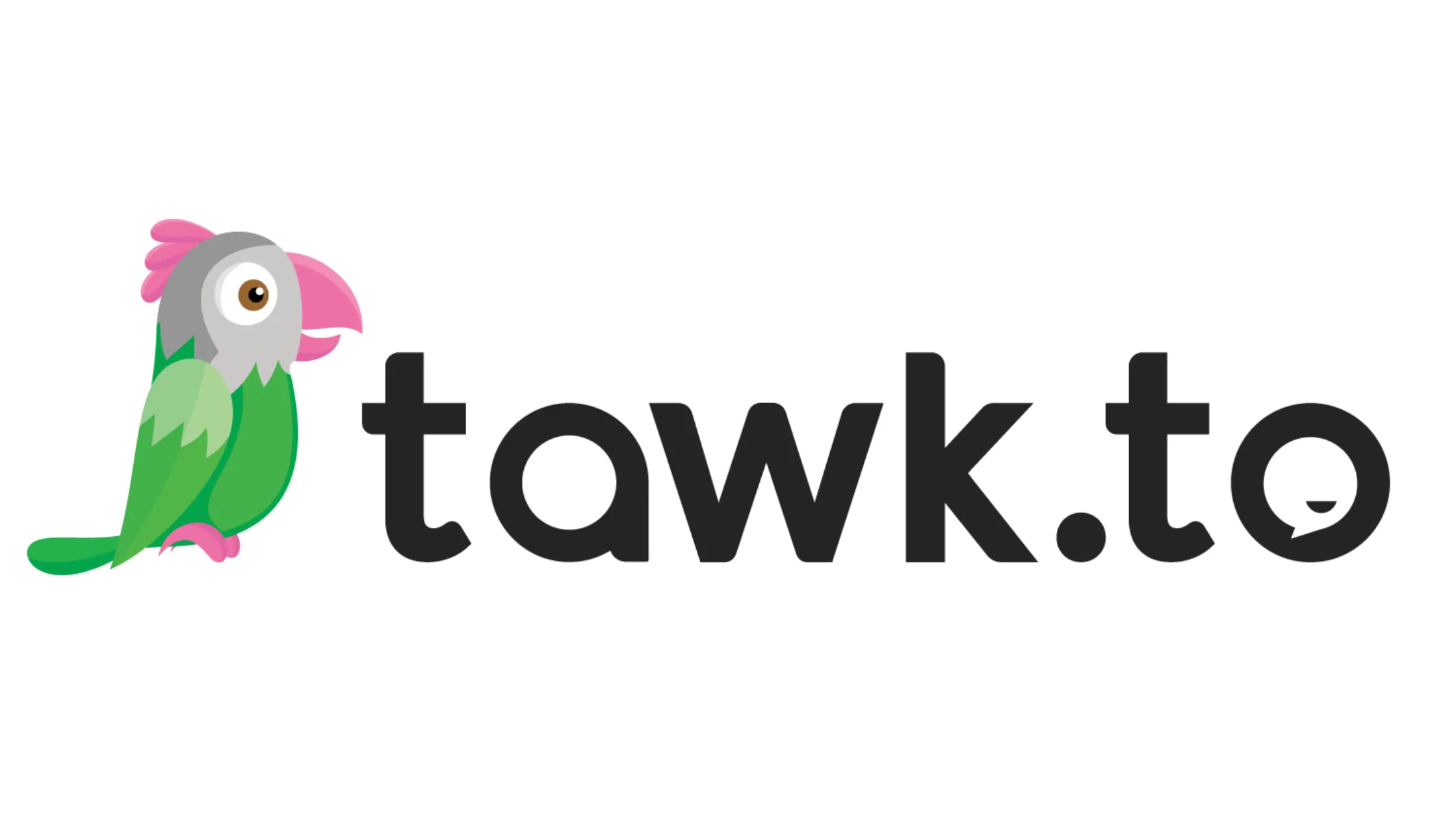
What is the Lean Startup Methodology?
Discover how the Lean Startup methodology can supercharge your startup's growth. Learn key principles and practical tips from a YC alum and experienced founder.
Hey there, fellow founders! Sinan here, coming at you from sunny Irvine, CA. If you're anything like me, you've probably heard the term "Lean Startup" thrown around more times than you can count. But what's the real deal with this methodology, and why should you care? Well, buckle up, because we're about to dive deep into the world of Lean Startup - and trust me, it's a game-changer.
What is Lean Startup Methodology?
Before we get into the nitty-gritty, let's break down what Lean Startup actually means. At its core, the Lean Startup methodology is all about maximizing efficiency and minimizing waste in the startup process. It's like putting your business idea on a strict diet - cutting out all the unnecessary fluff and focusing on what really matters.
The Birth of Lean Startup
The Lean Startup methodology wasn't just pulled out of thin air. It was developed by Eric Ries, an entrepreneur who'd been through the wringer of failed startups and wanted to find a better way. Drawing inspiration from lean manufacturing principles, Ries created a framework that helps startups navigate the choppy waters of product development and market validation.
Key Principles of Lean Startup
Alright, now that we've got the basics down, let's dive into the meat and potatoes of Lean Startup. There are a few key principles that make this methodology tick:
- Build-Measure-Learn: This is the holy trinity of Lean Startup. You build a minimal viable product (MVP), measure its performance, and learn from the results. Then rinse and repeat.
- Validated Learning: It's not just about learning - it's about learning the right things. Validated learning means gathering empirical evidence to support your decisions.
- Innovation Accounting: This fancy term basically means measuring progress when you're in uncharted territory. It's about setting up the right metrics to track your growth.
- Pivot or Persevere: Based on what you learn, you'll need to make tough decisions. Should you stay the course or change direction?
Implementing Lean Startup in Your Business
Now, I know what you're thinking - "Sinan, this all sounds great on paper, but how do I actually use this stuff?" Well, I'm glad you asked! Let's break it down into actionable steps.
Step 1: Identify Your Assumptions
First things first, you need to figure out what assumptions you're making about your business. What do you think your customers want? Who do you think your target market is? Write all these down - they're your hypotheses that need testing.
Step 2: Create Your MVP
Remember, MVP stands for Minimum Viable Product, not "Monstrously Vast Project." Your MVP should be the simplest version of your product that can still provide value and gather feedback. Don't get caught up in perfection - that's a surefire way to never launch.
Step 3: Get Out of the Building
Steve Blank, another guru in the startup world, always says, "There are no facts inside your building, so get outside." And he's right! You need to talk to real customers, get real feedback, and gather real data. Don't just sit in your office theorizing about what might work.
Step 4: Measure and Analyze
Once you've got your MVP out there, it's time to measure its performance. But here's the kicker - you need to focus on the right metrics. Vanity metrics like total signups might make you feel good, but they don't tell you much. Instead, focus on actionable metrics like customer retention or revenue growth.
Step 5: Learn and Iterate
Based on what you've learned, it's time to make decisions. Should you pivot and change your strategy? Or persevere and keep pushing forward? This is where the rubber meets the road, folks. You need to be honest with yourself and willing to change course if the data says so.
Common Pitfalls to Avoid
Now, I wouldn't be doing my job if I didn't warn you about some of the potholes on the Lean Startup highway. Here are a few things to watch out for:
- Analysis Paralysis: Don't get so caught up in gathering data that you never actually make decisions.
- Perfectionism: Remember, done is better than perfect. Your MVP doesn't need all the bells and whistles.
- Ignoring Qualitative Feedback: Numbers are great, but don't forget about the insights you can gain from actually talking to your customers.
- Pivoting Too Often: While pivoting is a key part of Lean Startup, don't do it at the drop of a hat. Make sure you have enough data to support your decision.
Real-World Success Stories
Let's take a quick break from theory and look at some companies that have successfully implemented Lean Startup principles:
- Dropbox: Before building their product, they created a simple video demonstrating how it would work. This helped them validate demand before writing a single line of code.
- Airbnb: They started by renting out air mattresses in their own apartment. Talk about a minimal viable product!
- Zappos: To test their business model, they initially just took photos of shoes in local stores and posted them online. When someone made a purchase, they'd buy the shoes from the store and ship them out.
Lean Startup in Different Industries
Now, you might be thinking, "Sure, Sinan, this works for tech startups, but what about other industries?" Well, I'm here to tell you that Lean Startup principles can be applied pretty much anywhere. Whether you're in healthcare, education, or even manufacturing, the core ideas of rapid experimentation and validated learning still apply.
For example, in healthcare, you might use Lean Startup principles to test new patient care protocols. In education, you could use it to develop and refine new teaching methods. The key is to adapt the principles to fit your specific context.
Tools and Resources for Lean Startup
Alright, we're in the home stretch now. Before we wrap up, I want to leave you with some tools and resources that can help you on your Lean Startup journey:
- Lean Canvas: This is a great tool for mapping out your business model in a lean, mean, single-page format.
- Customer Development Surveys: Tools like SurveyMonkey or TypeForm can help you gather customer feedback quickly and easily.
- A/B Testing Platforms: Services like Optimizely or VWO can help you test different versions of your product or website.
- Analytics Tools: Google Analytics is a great free option, but there are also more specialized tools like Mixpanel or Amplitude.
- Books: "The Lean Startup" by Eric Ries is obviously a must-read, but I'd also recommend "Running Lean" by Ash Maurya and "The Startup Owner's Manual" by Steve Blank.
Wrapping Up: Why Horizon-Labs.co is Your Ideal Lean Startup Partner
Alright, founders, we've covered a lot of ground today. The Lean Startup methodology is a powerful tool in any entrepreneur's arsenal, helping you navigate the uncertain waters of building a successful business. But here's the thing - implementing these principles isn't always easy, especially when you're juggling a million other startup tasks.
That's where we come in at Horizon-Labs.co. We've been through the startup grind ourselves, and we know how to apply Lean Startup principles to build products that customers actually want. Whether you need help creating an MVP, setting up the right metrics, or making those crucial pivot-or-persevere decisions, we've got your back. We're not just another dev shop - we're your strategic tech partner, committed to helping you build better, faster, and more efficiently.
So, if you're ready to supercharge your startup with Lean principles and top-notch product development, don't hesitate to reach out. Drop us a line at info@horizon-labs.co or schedule a call at https://www.horizon-labs.co/contact. Let's build something amazing together!
Frequently Asked Questions (FAQs) about Lean Startup Methodology:
Q: How does Lean Startup differ from traditional business planning?
A: Lean Startup methodology emphasizes rapid experimentation and iteration, whereas traditional business planning often involves lengthy market research and detailed long-term strategies. Lean Startup focuses on learning quickly from customer feedback and adapting on the fly, while traditional methods typically rely more on upfront planning and forecasting. The Lean approach is particularly well-suited for environments of high uncertainty, where customer needs and market conditions can change rapidly.
Q: Can Lean Startup principles be applied to large, established companies?
A: Absolutely! While Lean Startup was initially developed for new ventures, its principles can be highly valuable for large corporations too. Many established companies, including General Electric, Intuit, and Procter & Gamble, have successfully implemented Lean Startup methodologies. In these contexts, it's often referred to as "intrapreneurship" or "corporate entrepreneurship." Large companies use these principles to innovate more quickly, stay competitive, and avoid the pitfalls of bureaucracy that can slow down product development.
Q: What's the role of the "pivot" in Lean Startup, and how do you know when to do it?
A: A pivot in Lean Startup is a structured course correction designed to test a new fundamental hypothesis about the product, business model, or engine of growth. It's not simply changing direction on a whim. You might consider a pivot when your key metrics aren't improving despite iterations, customer feedback consistently points in a different direction, or you discover a more promising opportunity. The decision to pivot should be based on validated learning from your experiments and customer interactions. It's a delicate balance - you don't want to pivot too early before giving your initial idea a fair shot, but you also don't want to stubbornly stick to a failing concept for too long.
Q: How does Lean Startup methodology handle funding and investor relationships?
A: Lean Startup can actually be quite appealing to investors because it demonstrates a disciplined, data-driven approach to building a business. Instead of asking for large sums upfront based on untested assumptions, Lean Startup advocates for raising smaller amounts to run experiments and validate key hypotheses. This approach can lead to a more capital-efficient growth path. When dealing with investors, entrepreneurs using Lean Startup often focus on sharing validated learning and key metrics rather than just financial projections. This can help build investor confidence by showing real progress and adaptability.
Q: Are there any industries or types of businesses where Lean Startup methodology doesn't work well?
A: While Lean Startup principles can be adapted to most contexts, there are some situations where they might be more challenging to apply. Industries with very long development cycles (like pharmaceuticals), highly regulated environments, or businesses requiring massive upfront capital investments (like building a new semiconductor fab) might find it harder to iterate quickly or pivot easily. However, even in these cases, elements of Lean Startup - like focusing on validated learning and being willing to adjust course based on new information - can still be valuable. The key is to adapt the methodology to fit the specific constraints and needs of your industry.
Q: How does Lean Startup methodology handle the concept of failure?
A: Lean Startup reframes the concept of failure as a learning opportunity. Instead of viewing setbacks as catastrophic, they're seen as valuable data points that inform future decisions. The methodology encourages "failing fast" - quickly testing hypotheses and learning from the results. This approach helps minimize resource waste on ideas that don't work and allows teams to pivot or iterate more effectively. The goal is to embrace small, manageable failures early in the process to avoid larger, more costly failures down the line.
Q: What's the difference between an MVP (Minimum Viable Product) and a prototype?
A: While both MVPs and prototypes are used to test ideas, they serve different purposes. A prototype is typically a preliminary model used to explore and demonstrate concepts, often not fully functional. An MVP, on the other hand, is a stripped-down but working version of the product with just enough features to satisfy early customers and provide feedback for future development. The key difference is that an MVP is meant to be released to customers, while a prototype is usually for internal testing or demonstration purposes.
Q: How do you balance the need for speed in Lean Startup with ensuring product quality?
A: Balancing speed and quality is indeed a challenge in Lean Startup. The key is to define what "quality" means in the context of your MVP. It doesn't mean perfection, but rather a level of functionality that allows you to test your core value proposition effectively. Focus on the critical features that solve your customers' main pain points, and ensure those are well-executed. As you iterate based on feedback, you can improve and expand. Remember, in Lean Startup, quality is often defined by how well the product meets customer needs, not by how many features it has or how polished it looks.
Q: Can Lean Startup principles conflict with long-term strategic planning?
A: While Lean Startup emphasizes short-term experimentation and flexibility, it doesn't necessarily conflict with long-term planning. Instead, it encourages a different approach to long-term strategy. Rather than creating rigid five-year plans based on untested assumptions, Lean Startup advocates for setting broader vision and goals, then using rapid experimentation to find the best path to achieve them. This allows for more adaptable long-term strategies that can evolve based on validated learning. The key is to balance the need for a clear direction with the flexibility to adjust course as you learn more about your market and customers.
Q: How does Lean Startup handle intellectual property concerns?
A: Intellectual property (IP) in a Lean Startup context can be tricky, as the methodology encourages sharing ideas to get feedback. However, there are ways to protect IP while still applying Lean principles. One approach is to focus on execution rather than just the idea - share your concept broadly but move quickly to implementation. Another is to use non-disclosure agreements when necessary, particularly for core technology. For software startups, the rapid iteration of Lean Startup can actually help build a portfolio of IP through continuous development. The key is to find a balance between protecting your innovations and being open enough to gather valuable feedback and validate your ideas in the market.
Whether you're a new founder starting out or a seasoned product/engineering leader who has questions, we're more than happy to hear about what you're building and offer guidance - free of charge. You can contact our co-founders Sinan or Saif directly, or drop your email address below to have one of us reach out to you.
Need Developers?
We help startups build ideas into apps their customers will love (without the engineering headaches).
















For Startups & Founders
We've been founders ourselves and know how valuable the right communities, tools, and network can be, especially when bootstrapped. Here are a few that we recommend.

Building Real-Time Embedded Systems Apps for Industrial Automation
Learn how to design, develop, and optimize real-time embedded systems apps for industrial automation. Step-by-step guide covers everything you need in 2025
Read more
Custom Embedded Systems: Powering Next-Gen IoT Solutions
Discover how custom embedded systems power next-gen IoT solutions. Learn their benefits, real-world examples, key development steps, and future trends.
Read more
Embedded Systems Apps: A Guide
Discover what embedded systems are, their core hardware and software components, real-world applications, and how these apps impact product performance.
Read more
How Tawk.to Can Boost Your Startup’s Customer Support Game
Learn how Tawk.to can benefit startups by enhancing customer support and engagement. Perfect for early-stage founders!
Read more
Grow Your Startup With Anthropic's AI-Powered Tools
Discover how Anthropic's cutting-edge AI tools can accelerate your startup's success. Learn about their benefits and see why they can be trusted by startups.
Read more
Dashlane
Simplify password management and security for your startup with Dashlane. Discover how it protects your data, scales with your team, and boosts efficiency.
Read more
How Startups Can Leverage OpenAI’s API for Growth
Learn how startups can leverage OpenAI’s API to automate tasks, boost productivity, and build smarter apps without breaking the bank.
Read more
What is Founder-Market Fit?
Founder-market fit is the secret ingredient behind startup success. Learn what it is, why it matters, and how to achieve it as a founder.
Read more
What is Equity for Startup Founders?
Learn what equity is, why it matters for startups, and how to allocate it effectively. A beginner's guide for startup founders.
Read more
CereberalValley.ai
Explore CerebralValley.ai, the essential community for AI startups. Connect with AI experts, access resources, and network with investors to accelerate growth.
Read more
Alchemist Accelerator
If you're a B2B startup, Alchemist is by far one of the greatest communities that can accelerate your startup. Highly recommended!
Read more
Techstars: Launching Pad for Tech Startups
Discover how Techstars, the premier startup accelerator, can supercharge your venture with mentorship, funding, and a global network of innovators.
Read more